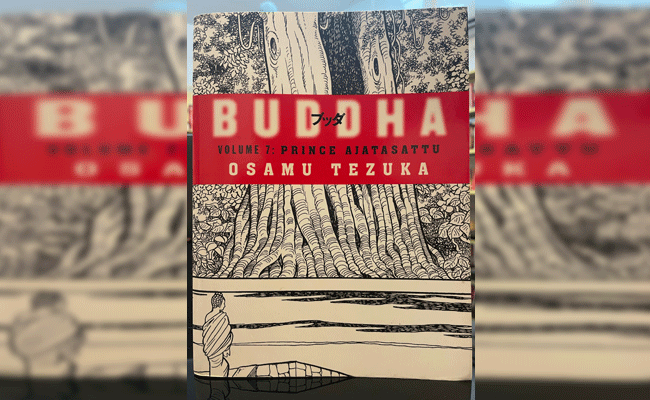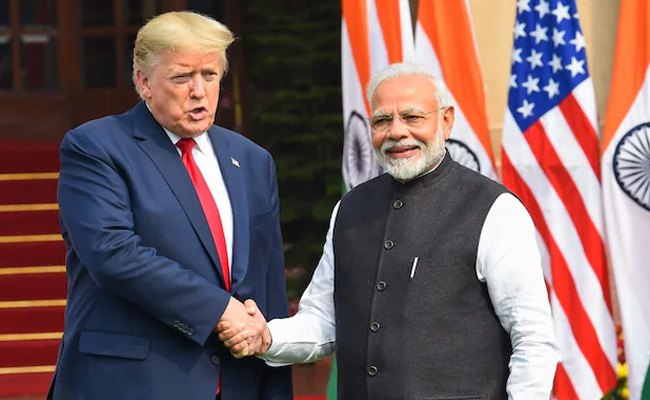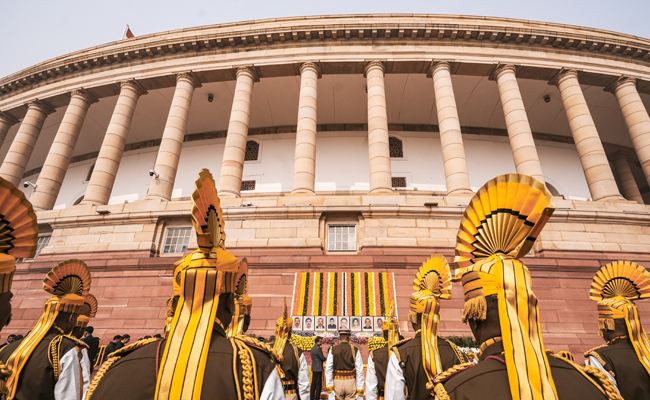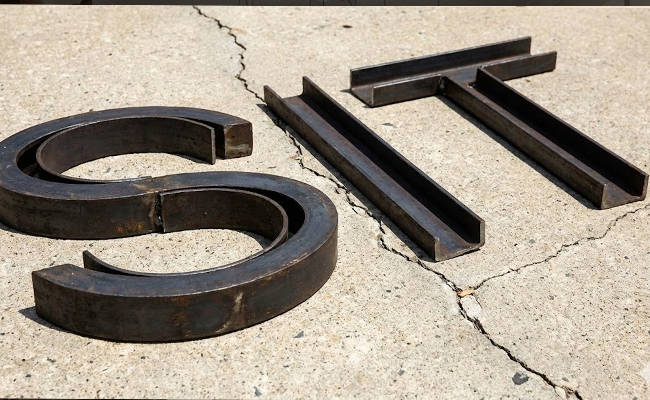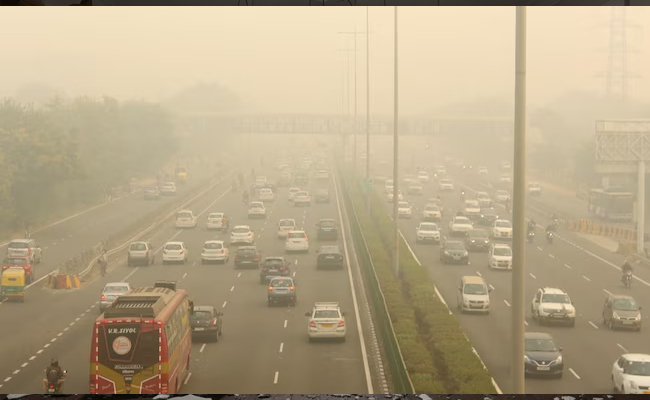Buddha is an eight volume long English graphic novel. It is sold in a 12 volumes set in Japanese language. Buddha by Tezuka is read by more than twenty million people around the globe in various languages. Young and old read graphic novels worldwide more and more these days. This style of writing a novel is also called manga by Japanese. Manga, though developed in 19th century, became increasingly popular in 90s.
Graphic novels are different from comics. One can say graphic novels are novels presented in the style of comics. Here, Buddha is a full-length novel in a comic style, but it is called graphic novel. It is also called as Japanese manga. Some graphic novels are drawn in colour, but manga is done in black and white. Eight volumes of Buddha runs to around 3200 pages in black and white. So Buddha falls in the genre of both graphic novel and manga. Buddha is not exclusively either for the children or the elderly. It touches everybody’s heart.
The first volume ‘Kapilavastu’, starts with a chapter brahmin. It says “At the foot of the great Himalayas, the roof of the world whence the Indus River originates, there lived a people known as the aryans some 3500 years ago.” This volume also speaks of Buddha’s birth and the prophecy of Master Asita about the greatness of that little kid when grows up. One by one each volume takes the reader through the Buddha as if they are deep in a dream until one reaches the eighth one, where he walks away from this world. Some exceptional drawings of Osamu Tezuka speaks volumes than his writings.
Osamu (1928 - 1989) is known as the father, and at times god father, of Japanese manga. By training he was physician, but he quit the practicing medicine and turned to manga. He popularised this style of graphic novels all over the world. Some people call him Walt Disney of Japan. One of the most popular creation is Astroboy. He admits and says there is nothing wrong in adopting concepts from different cultures. Receptive culture develops faster, he adds. He has written 700 manga titles and a whopping 150000 pages.
This graphic novel is beautiful both in content and production. The whole set is designed by one of the best book designer of the world, Chip Kidd. Anybody sees this set in a case would struggle not to buy it. Once you have it on your home library you would read it over and again, because it is a visual treat. Harpercollins published this work of Osamu Tezuka. It costs around INR 4000.
Auswaf Ahsan
otherbooks@post.com
WhatsApp +918089821521
Let the Truth be known. If you read VB and like VB, please be a VB Supporter and Help us deliver the Truth to one and all.
New Delh (PTI) The Congress on Saturday said it is perhaps not very surprising that India is not part of a US-led strategic initiative to build a secure silicon supply chain, given the "sharp downturn" in the Trump-Modi ties, and asserted that it would have been to "our advantage if we had been part of this group".
Congress general secretary in charge of communications Jairam Ramesh took a swipe at Prime Minister Narendra Modi, saying the news of India not being part of the group comes after the PM had enthusiastically posted on social media about a telephone call with his "once-upon-a-time good friend and a recipient of many hugs in Ahmedabad, Houston, and Washington DC".
In a lengthy post on X, Ramesh said, "According to some news reports, the US has excluded India from a nine-nation initiative it has launched to reduce Chinese control on high-tech supply chains. The agreement is called Pax Silica, clearly as a counter to Pax Sinica. The nations included (for the moment at least) are the US, Japan, the Republic of Korea, Singapore, the Netherlands, the United Kingdom, Israel, the United Arab Emirates, and Australia."
"Given the sharp downturn in the Trump-Modi ties since May 10th, 2025, it is perhaps not very surprising that India has not been included. Undoubtedly, it would have been to our advantage if we had been part of this group."
"This news comes a day after the PM had enthusiastically posted on his telephone call with his once-upon-a-time good friend and a recipient of many hugs in Ahmedabad, Houston, and Washington DC," the Congress leader asserted.
The new US-led strategic initiative, rooted in deep cooperation with trusted allies, has been launched to build a secure and innovation-driven silicon supply chain.
According to the US State Department, the initiative called 'Pax Silica' aims to reduce coercive dependencies, protect the materials and capabilities foundational to artificial intelligence (AI), and ensure aligned nations can develop and deploy transformative technologies at scale.
The initiative includes Japan, South Korea, Singapore, the Netherlands, the United Kingdom, Israel, the United Arab Emirates, and Australia. With the exception of India, all other QUAD countries -- Japan, Australia and the US -- are part of the new initiative.
New Delhi will host the India-AI Impact Summit 2026 on February 19-20, focusing on the principles of 'People, Planet, and Progress'. The summit, announced by Prime Minister Narendra Modi at the France AI Action Summit, will be the first-ever global AI summit hosted in the Global South.
Prime Minister Modi and US President Trump on Thursday discussed ways to sustain momentum in the bilateral economic partnership in a phone conversation amid signs of the two sides inching closer to firming up a much-awaited trade deal.
The phone call between the two leaders came on a day Indian and American negotiators concluded two-day talks on the proposed bilateral trade agreement that is expected to provide relief to India from the Trump administration's whopping 50 per cent tariffs on Indian goods.
In a social media post, Modi had described the conversation as "warm and engaging".
"We reviewed the progress in our bilateral relations and discussed regional and international developments. India and the US will continue to work together for global peace, stability and prosperity," Modi had said without making any reference to trade ties.

